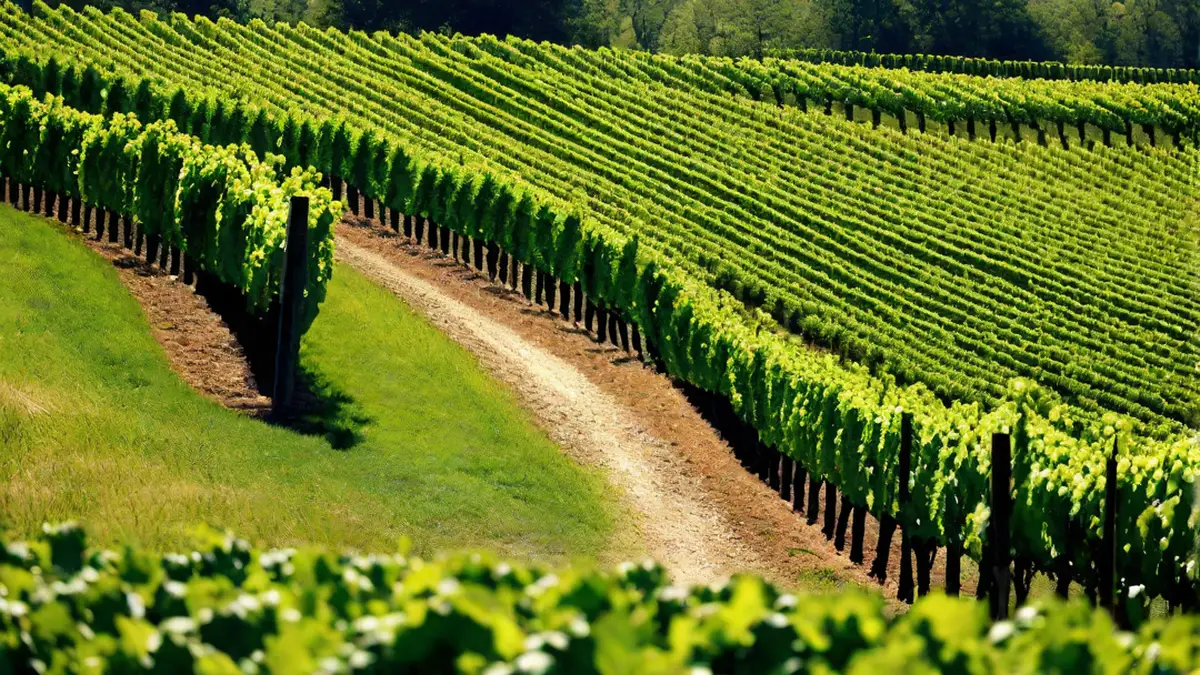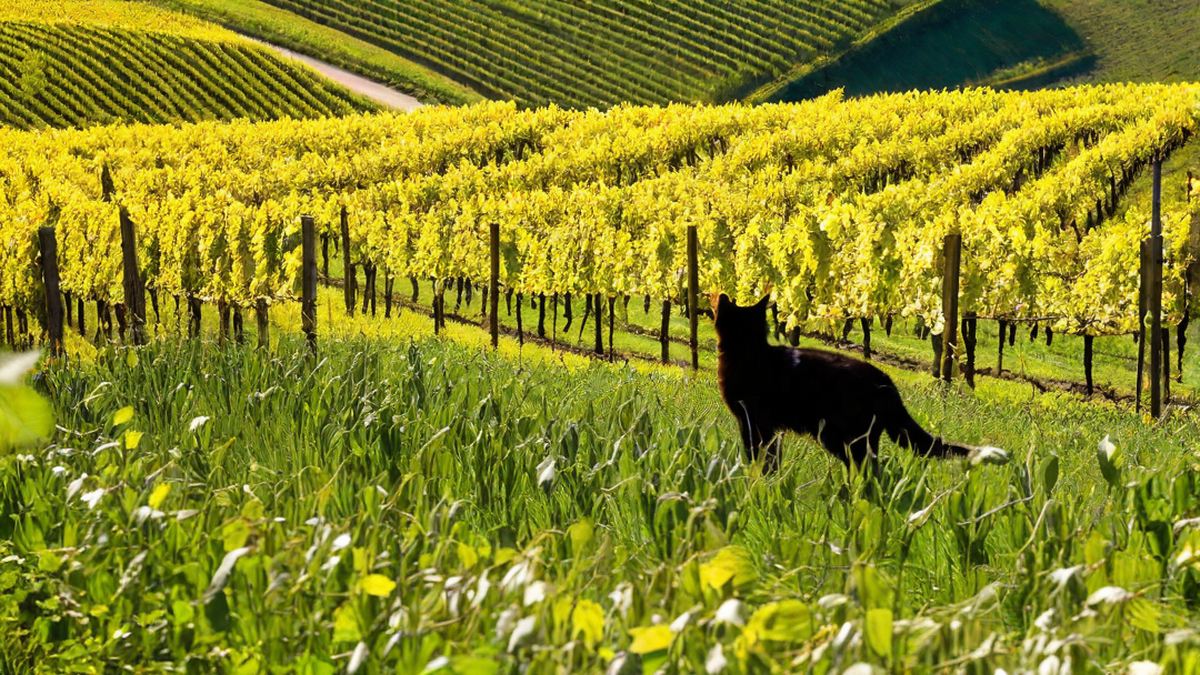In the symphony of crafting wine every step plays a crucial role. From selecting grapes to the exciting process of fermentation each stage blends together to create that magical elixir we all love. Wine. However amidst this journey there is one unsung hero that often goes unnoticed; the humble wine bottle. Its cleanliness and sanitation are just as important as tuning an instrument before a concert. It may not be as glamorous as aspects but it certainly plays a vital part in the melodious art of winemaking.
Imagine you’ve just uncorked your bottle from your recent batch or maybe you’ve collected various bottles from loved ones over time. These empty vessels are more than glass structures; they hold the potential for your next thrilling wine adventure! However they require more than a rinse, under tap water. They demand cleaning and sanitization! Why is this necessary? Lets delve deeper into this choreography of cleanliness and explore how it can take your winemaking skills to new heights!
Understanding the Importance of Bottle Sanitization
Sanitizing wine bottles is extremely important. Although it may seem like a task its significance cannot be emphasized enough. Whether you’re a hobbyist or a professional vintner understanding this is crucial.
Why is it so important? Well lets consider the nature of wine itself. As you already know wine is created through fermentation. However this process can be disrupted by microbial activity. If bacteria or yeast cells are left behind in a used bottle they can alter the taste and quality of your crafted batch.
Now imagine this scenario; After months of crafting your perfect blend monitoring temperatures measuring sugar levels and patiently waiting for that magical transformation from grape juice to wine… When the time finally comes to savor your creation something feels off.
The culprit? An sanitized bottle.
Cleaning alone isn’t sufficient. Yes it removes dirt and residue from previous batches. However microscopic organisms can still linger on the surface of your bottles – invisible to the eye but potentially disastrous, for your wine.
This is where sanitization becomes essential.
An effective sanitizing agent will eliminate these remaining organisms completely. This ensures that they won’t interfere with your fermentation process or spoil the product.
There are approaches to choose from, such as using chemical solutions or steam treatments each, with its own advantages and disadvantages.
In summary; Sanitization is not something you can overlook in winemaking; it’s a step. Neglecting it could lead to outcomes after putting in so much effort.
Gathering Your Cleaning Supplies
The first step to properly sanitize used wine bottles is to gather all your cleaning supplies. This is a stage that should not be overlooked as it sets the foundation for effective cleaning.
To begin you’ll need some soap. Opt for an non abrasive variety as it works best for removing surface dirt and grime from the bottles. Avoid using soaps with fragrances or colors that may leave lingering residues.
Next make sure to have a bottle brush on hand. This tool will allow you to thoroughly scrub the inside of each bottle reaching into every corner and crevice. Look for one with bristles to ensure a thorough clean.
Additionally baking soda is a natural abrasive cleaner that can effectively eliminate stubborn stains without causing any scratches on the glass surface. It also has the added benefit of neutralizing odors which can be particularly helpful when dealing with used wine bottles.
White vinegar is another ingredient in your cleaning arsenal. Its acidity makes it perfect for eliminating bacteria and other microorganisms that might be present in your used bottles.
Lastly consider investing in a high quality bottle drying rack or tree. This will enable your cleaned and sanitized bottles to air dry completely before storing or reusing them.
With these supplies, at hand you’re well equipped to expertly clean and sanitize your used wine bottles!Keep in mind that being thorough, at this point guarantees the flavor when it comes to refilling them.
Step-by-Step Cleaning Process
Cleaning used wine bottles is a part of the winemaking process that should never be overlooked. It plays a role in maintaining the purity and quality of your future batches. Lets explore a step by step guide to effectively clean these vessels.
To begin start by soaking the bottles. Fill a basin with warm water and add one tablespoon of baking soda per gallon. Submerge your bottles in this solution. Let them sit overnight.
Next it’s time, for scrubbing. Use a handled bottle brush to thoroughly scrub each bottle paying special attention to the bottom and sides where leftover residue tends to accumulate.
After scrubbing rinse the bottles with water to ensure all traces of baking soda and dislodged sediment are completely flushed out. Hold each bottle up to the light after rinsing; if you notice any remaining residue or cloudiness repeat the scrubbing and rinsing process until they appear clear.
Now comes the critical step of sterilization, which is typically achieved either by using a sodium metabisulfite solution or boiling water – choose whichever method suits you best. If you opt for the method make sure to thoroughly rinse off the solution afterward as it may impact the flavor of your wine.
Lastly allow your bottles to dry down on either a drying rack or clean towel for at least 24 hours before using them again.
Cleaning used wine bottles is not about making them look good but also, about ensuring that the hygiene standards are maintained. This is crucial to ensure that your homemade brew tastes exactly the way you desire – ! So it’s important not to overlook this step as your taste buds will greatly appreciate it.
Choosing the Right Sanitizing Solution
Choosing the sanitizing solution for used wine bottles is both an art and a science. It involves consideration and meticulous attention to detail. You can’t simply select any cleaning product from the store. Hope for the best outcome. Taking such an approach could result in a compromised taste in your wine or worse ruining an entire batch.
There are options available on the market when it comes to sanitizers. The commonly used ones include bleach and iodophor. However it’s important to note that not all sanitizers are created equal.
Bleach is a cost easily accessible option. Nonetheless it does have its drawbacks. Overusing bleach can leave behind a residue in your bottles potentially impacting the flavor of your wine. If you decide to go with bleach ensure rinsing.
On the hand iodophor is a popular no rinse sanitizer among both home winemakers and brewers. Its usage is straightforward; mix it with water according to instructions. Soak your bottles in the solution for at least 10 minutes.
Wait! There’s another contender in this arena; Star San. It’s an acid based sanitizer that also doesn’t require rinsing making it safe for all surfaces that come into contact, with your wine.
Each of these choices has its advantages and disadvantages. Ultimately it comes down to what you prefer and how much time you’re willing to dedicate to the cleaning process.
Always keep in mind that maintaining hygiene is crucial when reusing wine bottles. Make your decision wisely.
Safety Measures During Cleaning and Sanitizing
Cleaning and sanitizing previously used wine bottles may appear to be a task. However it is essential to prioritize safety precautions throughout the process. This not preserves the quality of your wine but also ensures your well being.
First and foremost always handle with caution. Wine bottles are delicate. Can easily break or get chipped if mishandled. Even a minor accident can result in cuts or severe injuries.
Secondly when working with sanitizing chemicals it is important to remember that they can be harmful if not handled properly. It is advisable to wear protective gear such as gloves and goggles. These safety measures shield you from any splashes that could potentially burn or irritate your skin and eyes.
Next make sure that there is ventilation in your cleaning area. The fumes emitted by cleaning agents can be toxic if inhaled excessively. A ventilated space helps disperse these fumes minimizing their potential harm.
Lastly it is crucial never to mix cleaning agents unless explicitly advised by a reliable source. Some chemical combinations can lead to reactions that pose risks.
Additionally it’s important to dispose of waste ! Any leftover chemicals should not be poured down the drain, without treatment as they have the potential to harm the environment.
In conclusion while cleaning and sanitizing previously used wine bottles are aspects of winemaking safety should never be compromised during the process.
Dealing With Stubborn Stains and Deposits
Cleaning and sanitizing used wine bottles plays a role in the winemaking process. It ensures that your crafted wine is stored in a clean and untainted environment. However it can be quite challenging to remove stains and deposits often found on these bottles.
Wine stains are notoriously difficult to get rid of. They penetrate the glass surface leaving behind a residue that regular washing methods struggle to eliminate. This residue not looks unappealing but could also impact the taste of your fresh batch of wine.
To tackle these stains start by soaking the bottles overnight in a mixture of warm water and dish soap. This will help loosen up the residue before scrubbing with a bottle brush. Pay attention to the neck area where most deposits tend to accumulate.
For stubborn stains and deposits specialized cleaning solutions designed for winemakers can come in handy. These products contain ingredients that effectively break down residues without causing any harm to your wine bottles.
Alternatively you may opt for cleaners such, as white vinegar or baking soda paste. Vinegar works wonders on glass surfaces while baking soda acts as an abrasive that helps dislodge tough residues without scratching your bottles.
Remember, once you have thoroughly cleaned your bottles make sure to sanitize them before using them
To ensure the wine bottles are properly. Ready, for reuse begin by soaking them in a sanitizing solution. After that let them air dry completely before refilling them with wine. In conclusion when it comes to handling stains and deposits on used wine bottles it’s important to be patient and use the right techniques. Whether you choose cleaning products or natural remedies always make sure each bottle is thoroughly cleaned and sanitized before storing your precious homemade wines.
Drying and Storing Cleaned Bottles Properly
Once you have finished cleaning and sanitizing your wine bottles, the next crucial step is to ensure they are dried properly. Although it may seem like a task improper drying can lead to mold growth or contamination due to trapped moisture.
To begin drain any water from each bottle by tipping them upside down and allowing any remaining liquid to drip out. Using a bottle tree can be helpful as it allows air to circulate both inside and around the bottles speeding up the drying process.
However relying on air drying may not be sufficient. For drying consider employing a bottle rinser or using a clean cloth. Be cautious not to introduce any contaminants during this stage.
Now that your bottles are dry the next consideration is storage. The way you store your cleaned wine bottles is equally important as the cleaning process itself.
Opt for an area with temperature and darkness while maintaining moderate levels of humidity, for storage. It’s crucial to avoid exposing the wine bottles to sunlight as UV rays can degrade the quality of wine over time. Additionally extreme heat or humidity can damage corks and labels while inadequate levels of either can cause them to dry out.
The best approach? Store your wine bottles down! This method keeps dust away while ensuring that the cork remains moist.
Clean wine bottles should be stored away from odors as well because glass is porous and can absorb these scents over time.
To summarize; Make sure to clean them dry them properly and store them wisely! Following these steps will ensure that you’re prepared for bottling day with containers ready, for your valuable wines.
Tips for Maintaining Wine Bottle Hygiene
It’s crucial to maintain the cleanliness of your wine bottles as it goes beyond appearances. The quality of your wine is also affected by how you take care of them. Here are some tips to ensure you’re doing it correctly.
First and foremost make sure to clean your used wine bottles promptly after they have been emptied. Avoid letting them sit around gathering dust or attracting pests. Thoroughly rinse them with water as this simple step can greatly contribute to maintaining cleanliness.
Next consider investing in a bottle brush. These brushes are designed to reach those to clean areas inside the bottle. Use soapy water in conjunction with the brush for optimal results and remember to rinse thoroughly afterwards to remove any lingering soap residue.
However cleaning alone is not sufficient; sanitizing is equally important.
Sanitizing helps eliminate any microorganisms that may still be present on the surface of your bottles after cleaning. There are sanitizing solutions available on the market specifically formulated for wine bottles. These solutions are non toxic and safe, for use.
Alternatively you can create a sanitizing solution using bleach and water in a ratio of 1;10 respectively. Soak your bottles in this solution for least 10 minutes and then rinse them thoroughly with warm water.
Lastly always ensure that your wine bottles are properly dried before storing or reusing them.
Moisture provides an environment for bacteria to thrive which undermines the purpose of cleaning and sanitizing.
In summary ensuring the cleanliness of wine bottles entails cleaning thorough sanitization and adequate drying.




